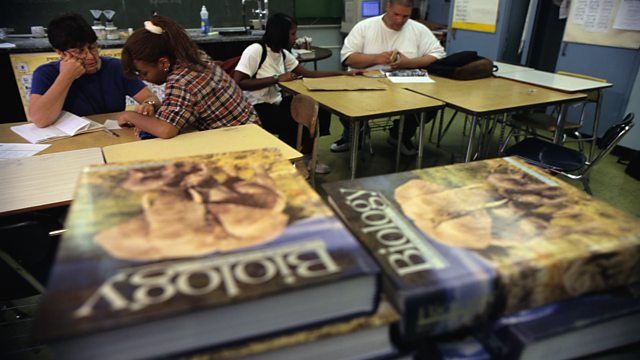
Race and Racism in Science Teaching
This week we are at the American Association for the Advancement of Science annual conference, and we ask - why have a big brain if a small one would do?
This week’s programme comes from the American Association for the Advancement of Science annual conference, in Washington DC. With over 9,000 attendees it’s the largest gathering of scientists in the world.
We look at the issue of race and racism in science. The mapping of the human genome showed there was no significant genetic difference between people around the world. However cultural ideas with a racial dimension continue to influence the way science is taught and hence, many argue, the outcomes of scientific research.
We also look at how satellite data is helping botanists map deforestation and afforestation. Using a laser device mounted on the international space station they plan to identity the species and size of individual trees from space.
The size of brains in the animal kingdom is wildly different, from melon-sized in blue whales to pea-sized in shrews. But does a bigger brain mean a more powerful one?
CrowdScience listener Bob wondered just this as he watched various sized dogs running amok in his local park: the Great Dane has a much larger brain than a Chihuahua’s, yet the job of ‘being a dog’ surely requires the same brain power. So why have a big brain if a small one would do?
A search for the answer takes Geoff Marsh to dog agility trials, behind the scenes at London’s Natural History Museum and a laboratory that studies bumble bees. It turns out that size does matter, but not in the way you might think.
(Photo: Biology books. Credit: Getty images)
Last on
Broadcasts
- Sun 24 Feb 2019 15:06GMT����ý World Service Americas and the Caribbean
- Sun 24 Feb 2019 16:06GMT����ý World Service News Internet
Podcast
-
![]()
Unexpected Elements
The news you know, the science you don't

